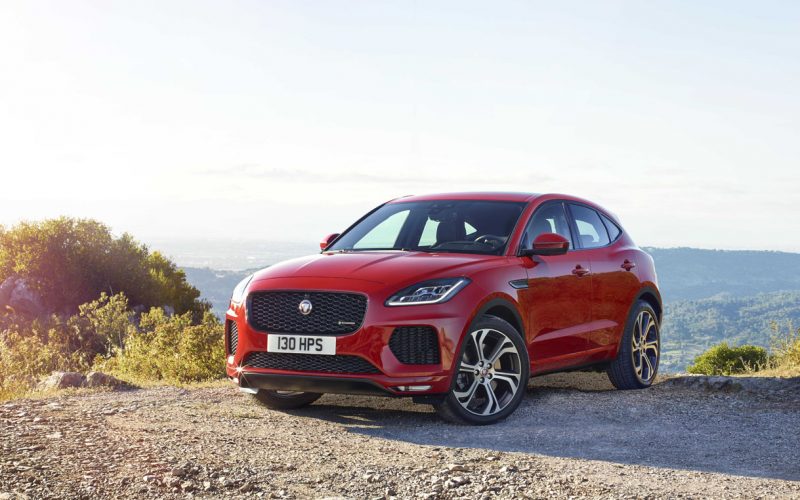
Reading Time: 11 minutesJaguar has already proven it’s fully capable of producing a sport utility vehicle worthy of pulling
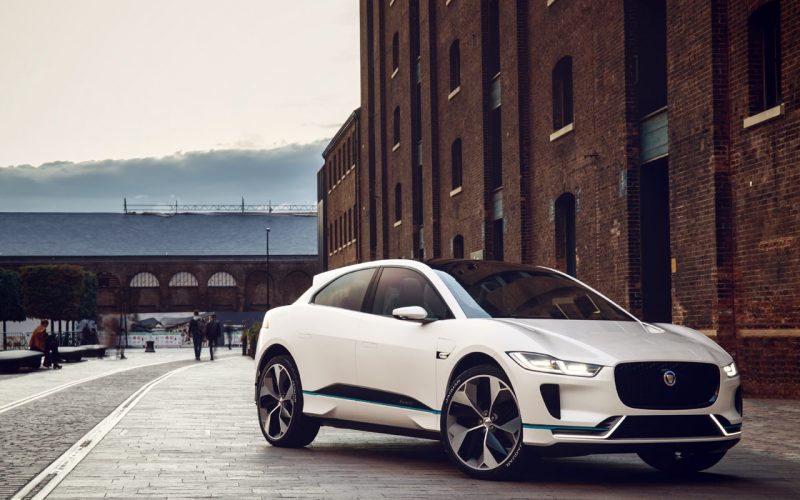
Reading Time: 4 minutesIt’s official: The innovative Jaguar I-Pace electric vehicle will arrive in production trim during the second
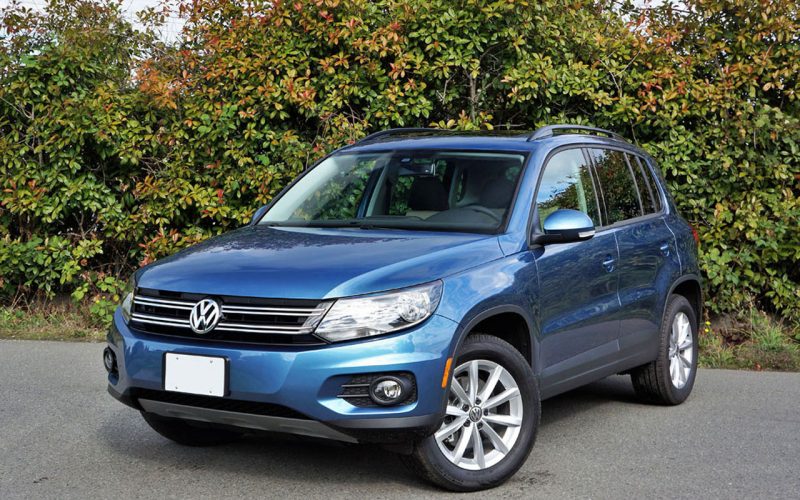
Reading Time: 5 minutesVolkswagen will soon replace its Tiguan compact SUV with a newer and larger version, which should
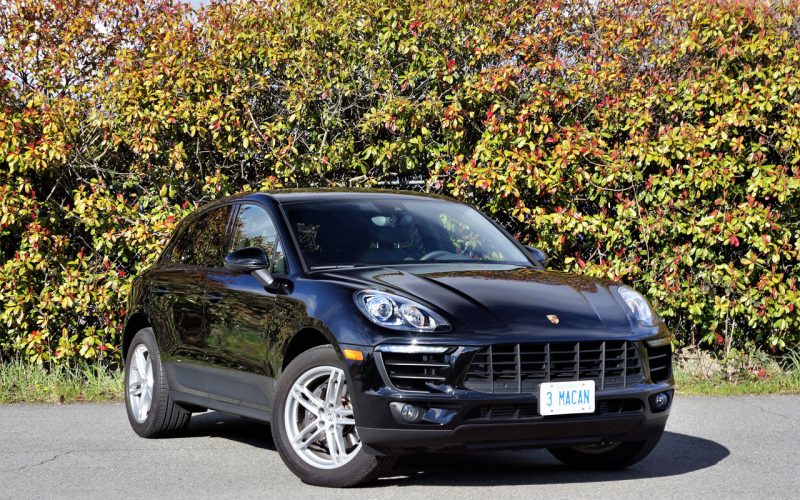
Reading Time: 5 minutesIt’s too early to tell exactly why Porsche’s Macan has improved its sales so dramatically from
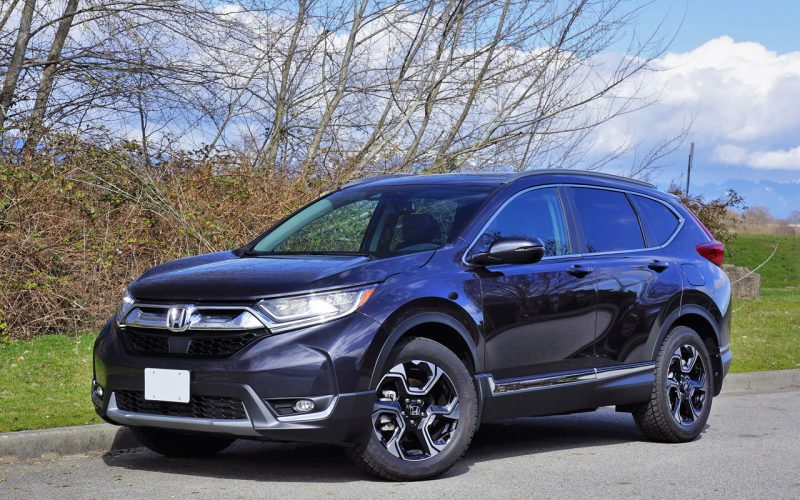
Reading Time: 3 minutesHave you seen the new CR-V yet? Honda’s compact SUV is so popular it would be